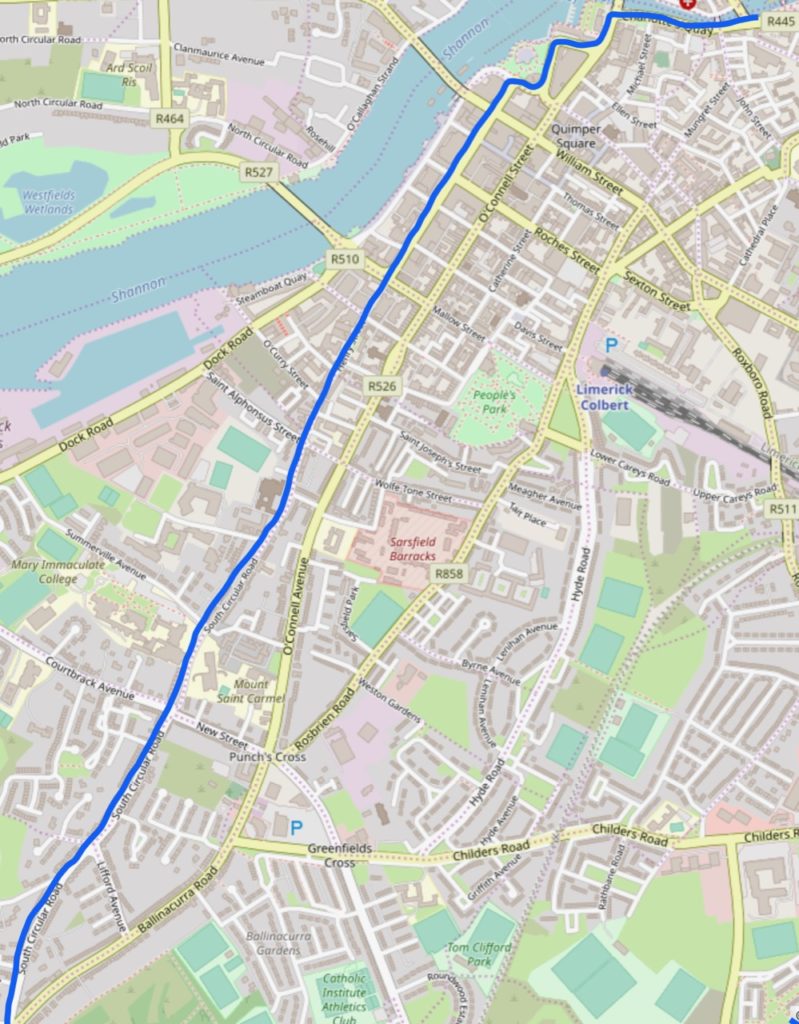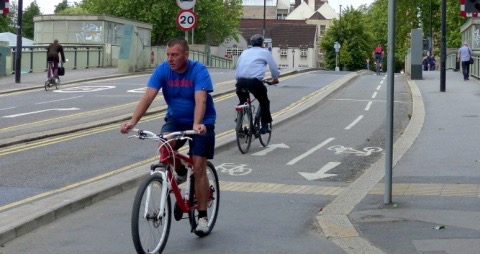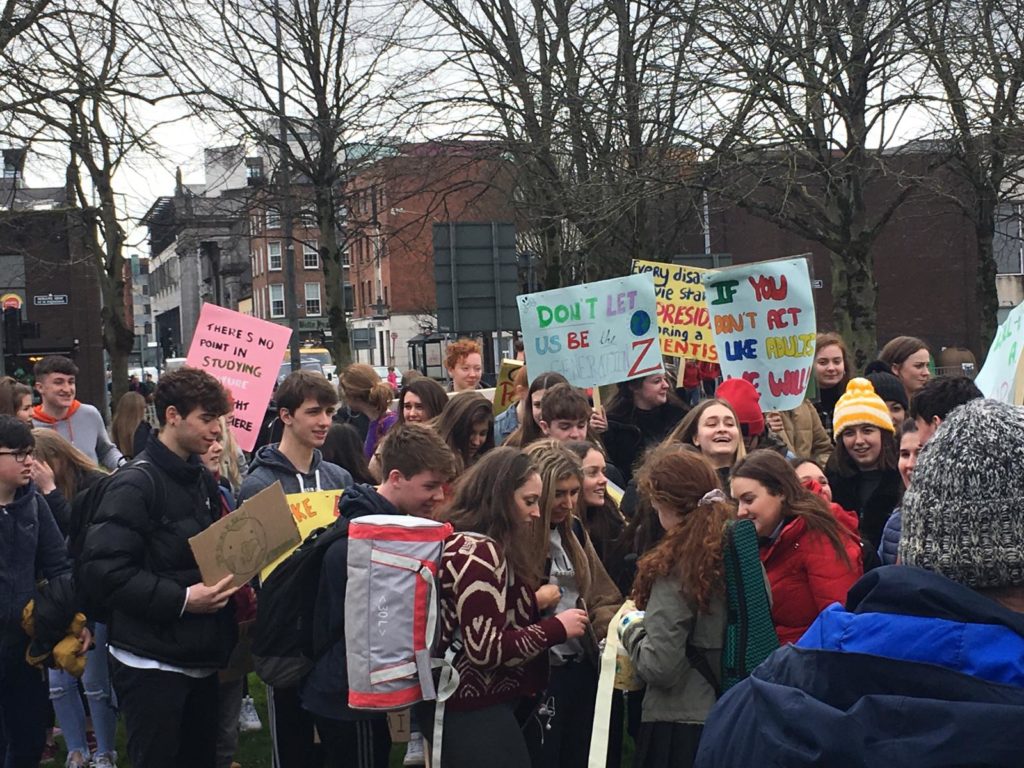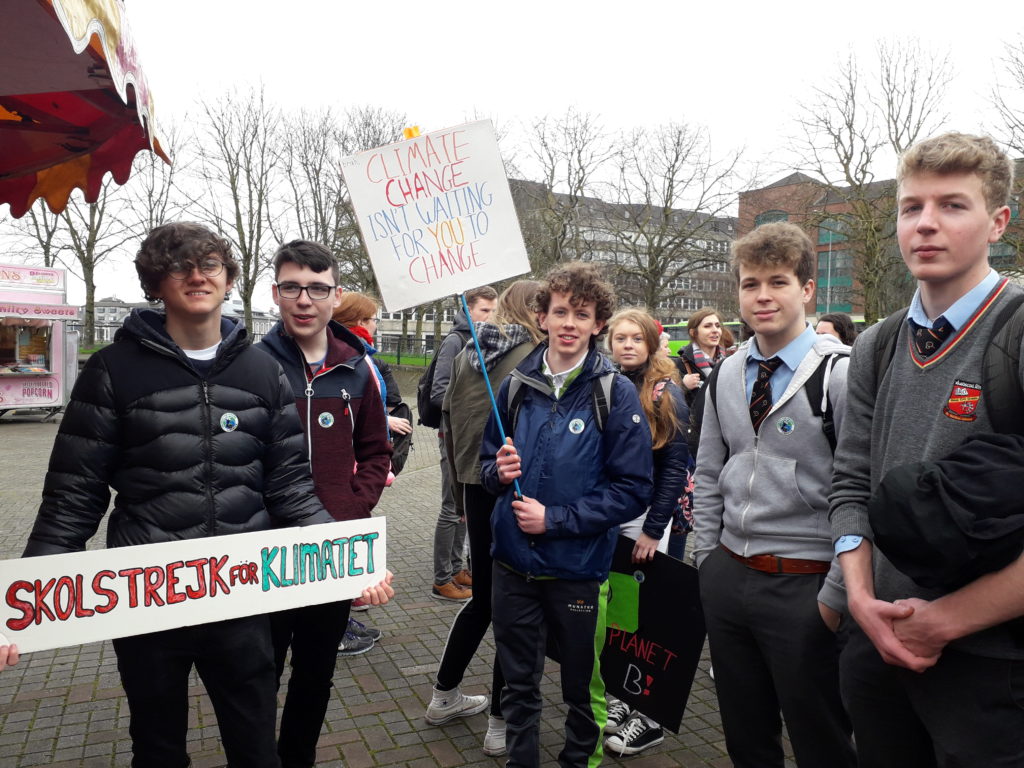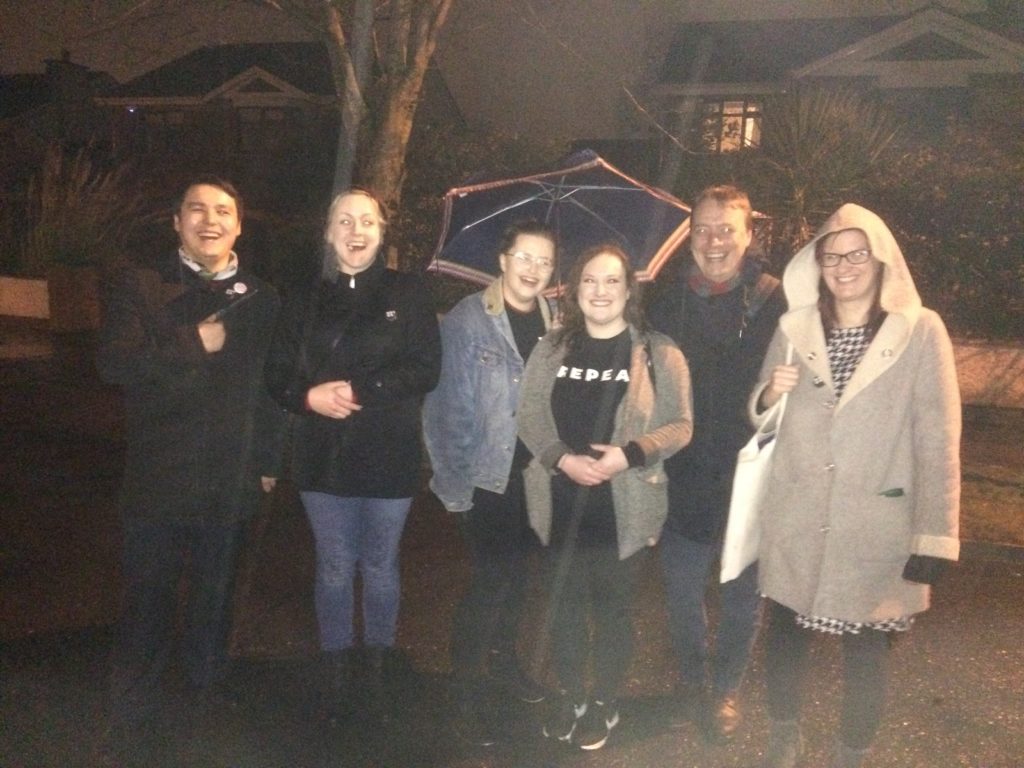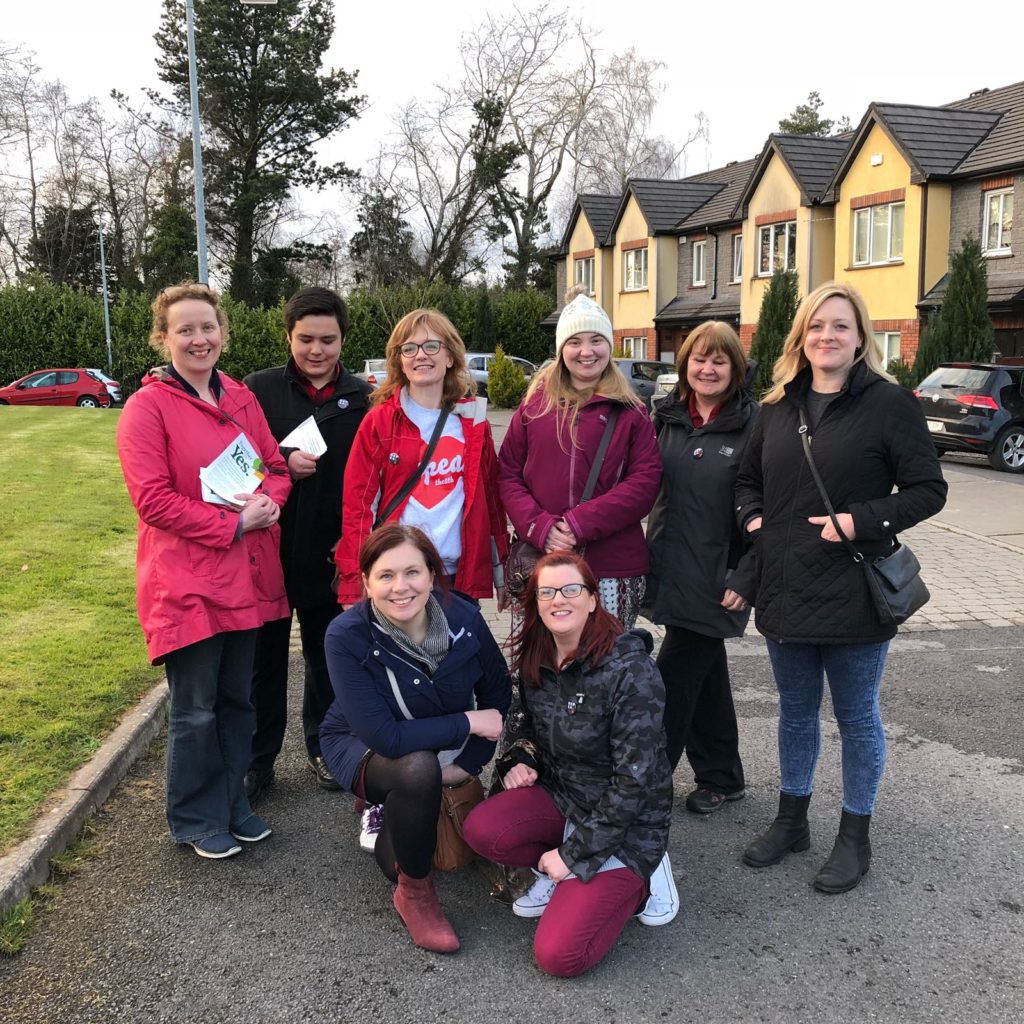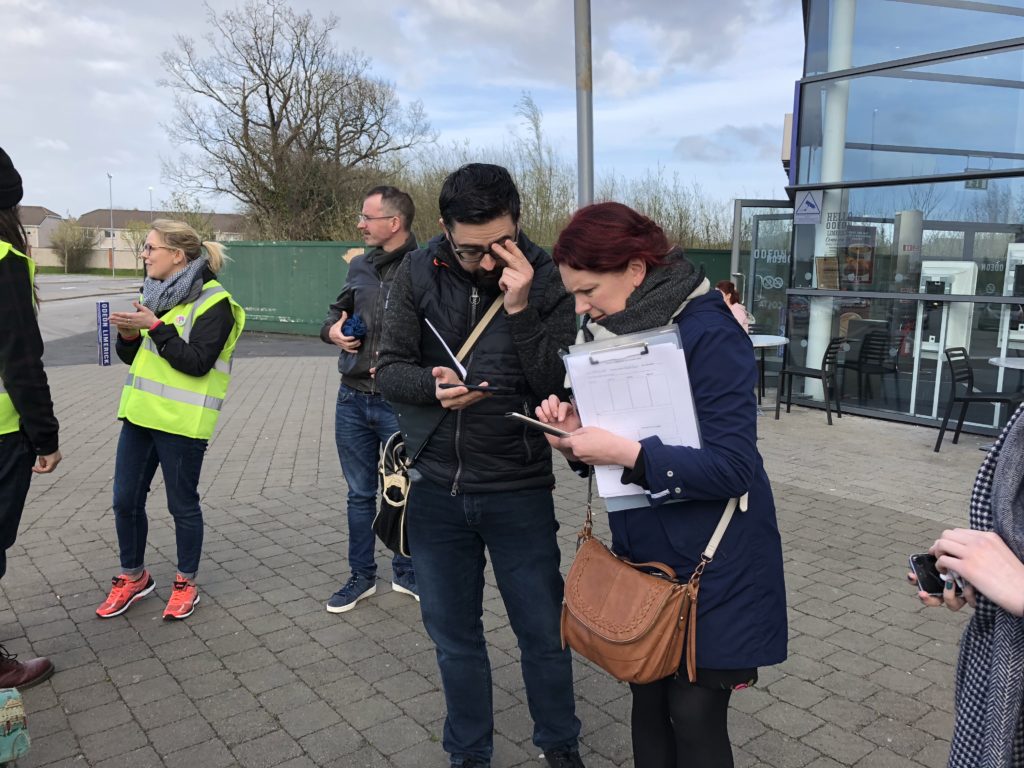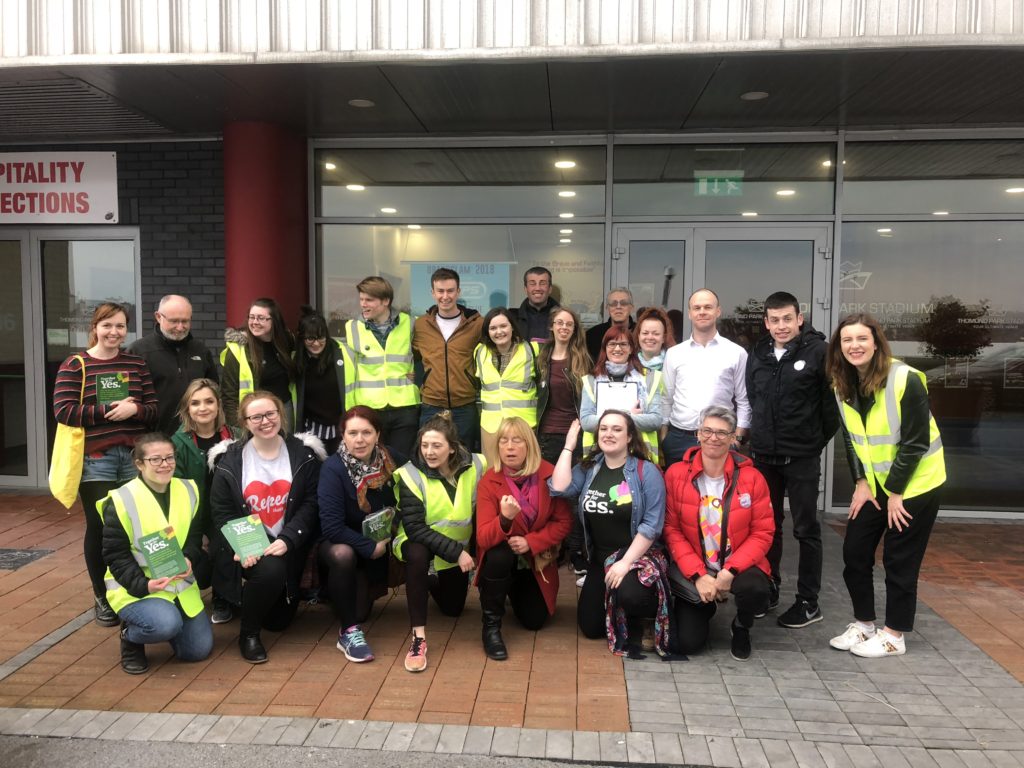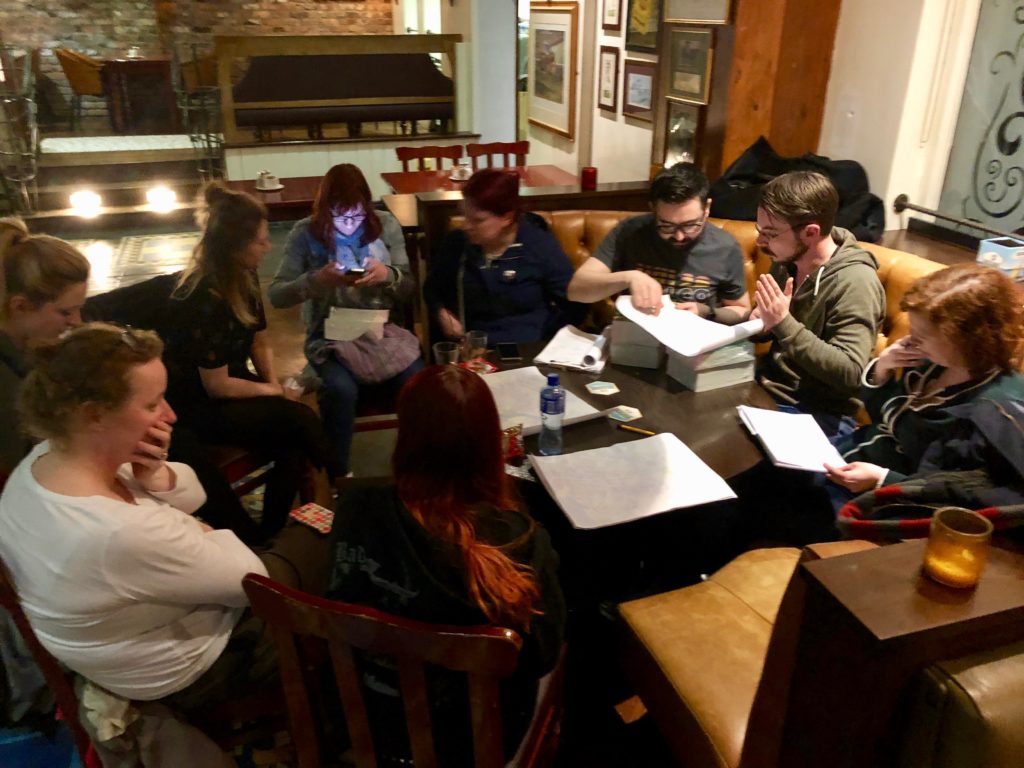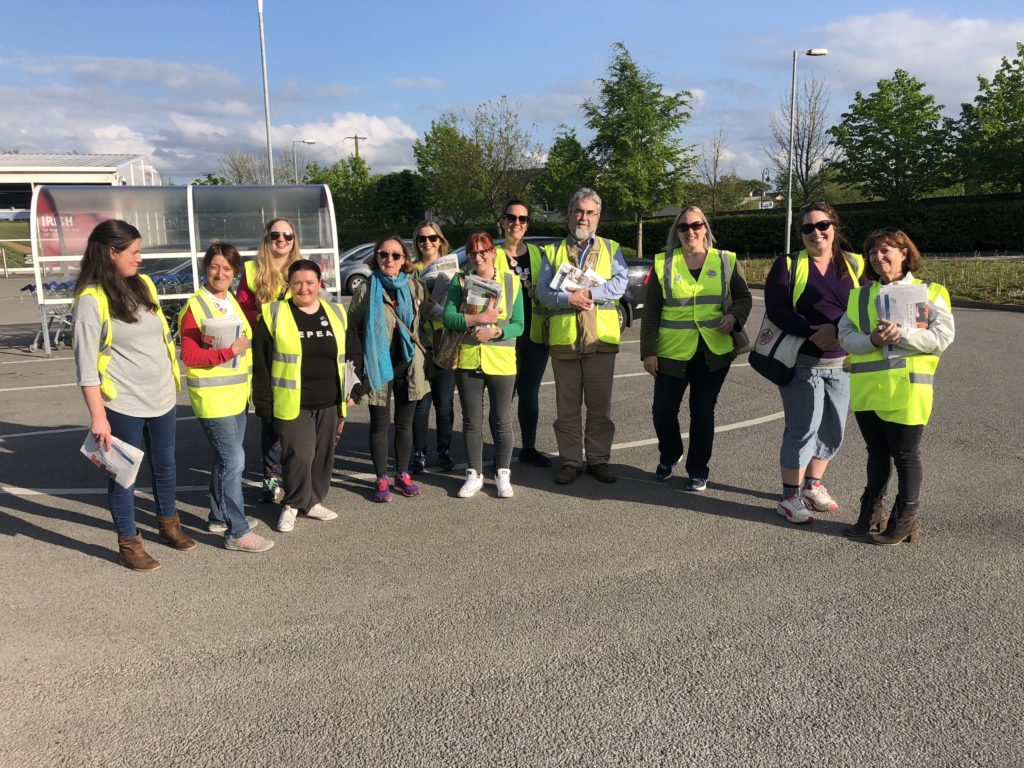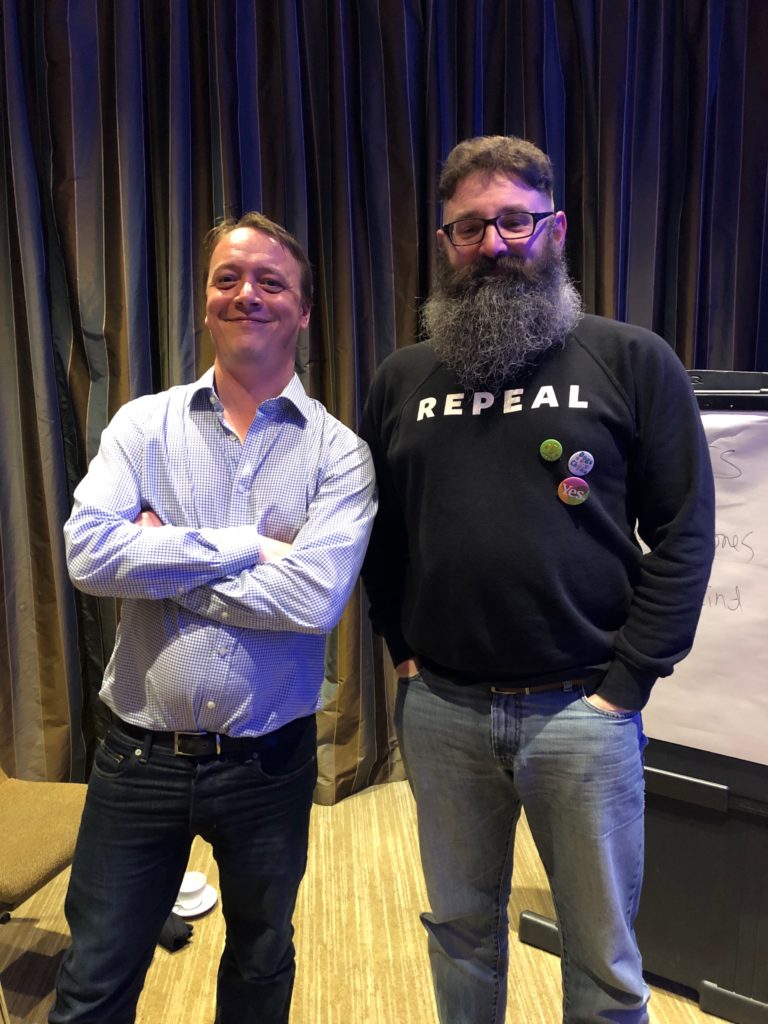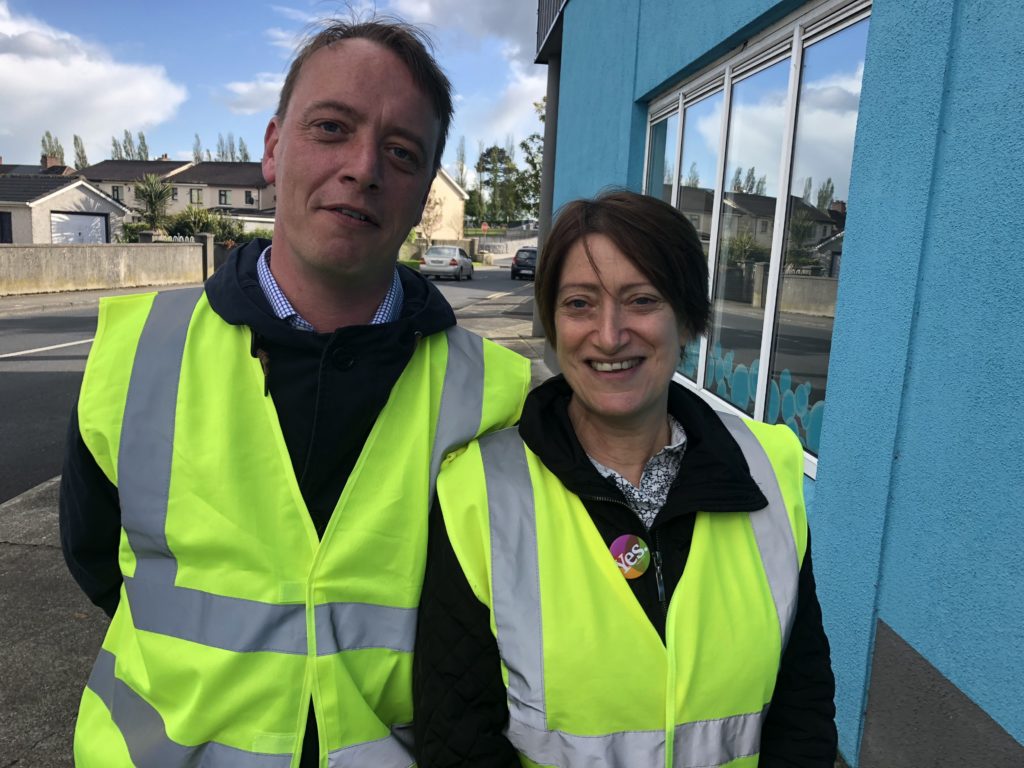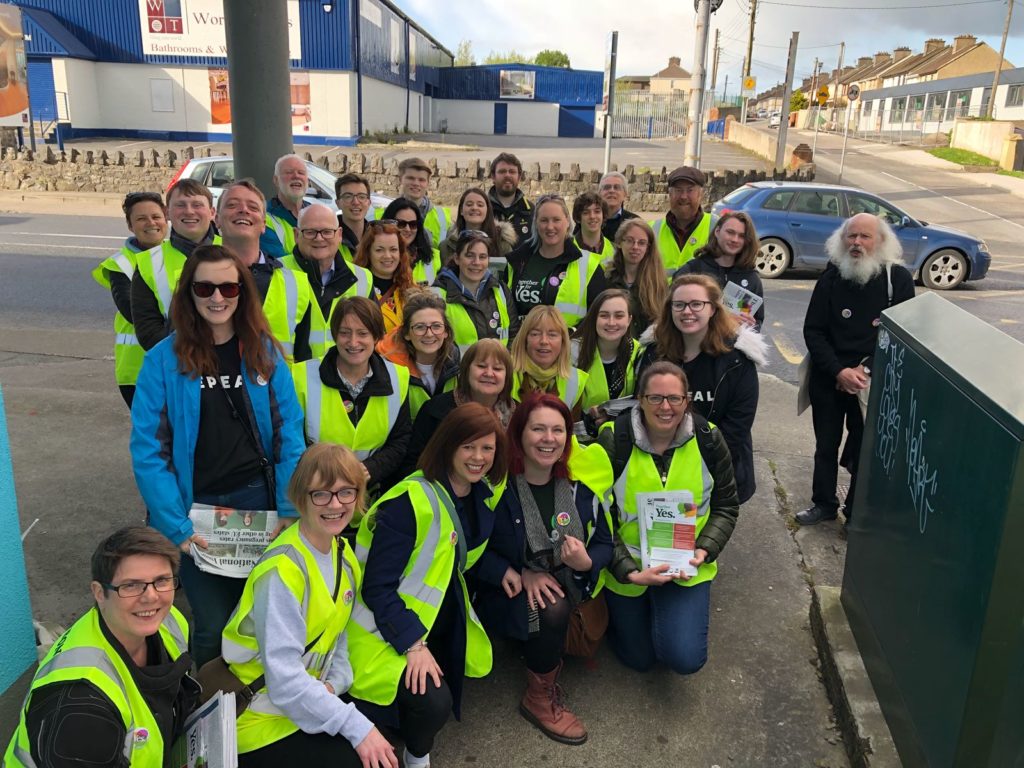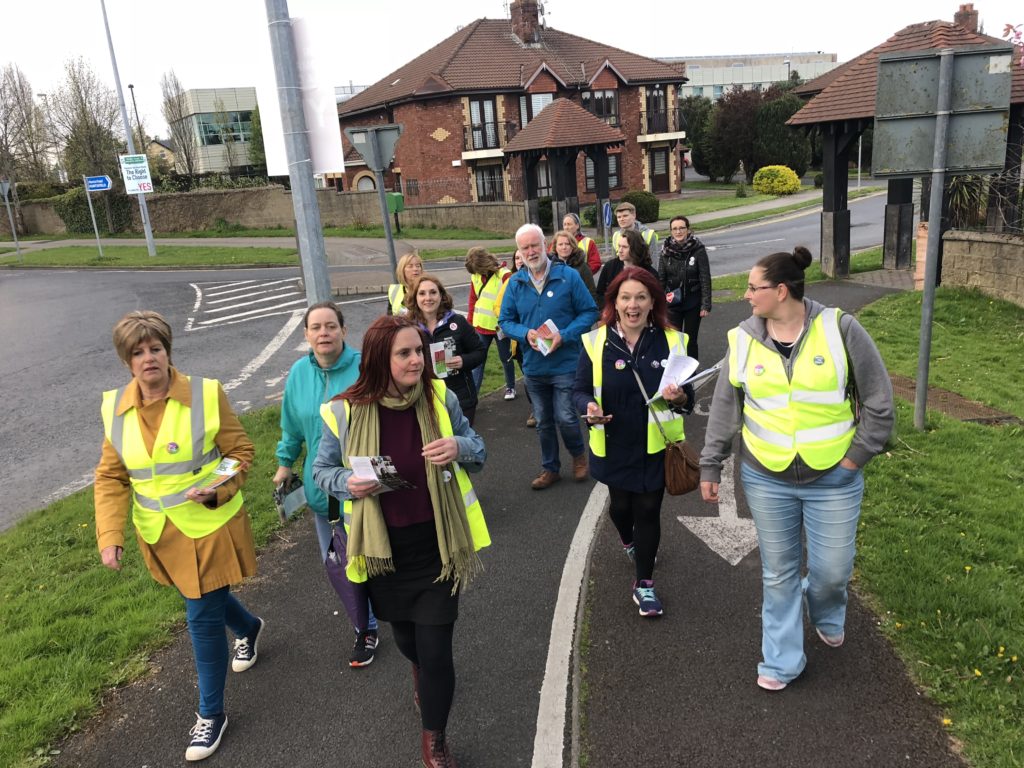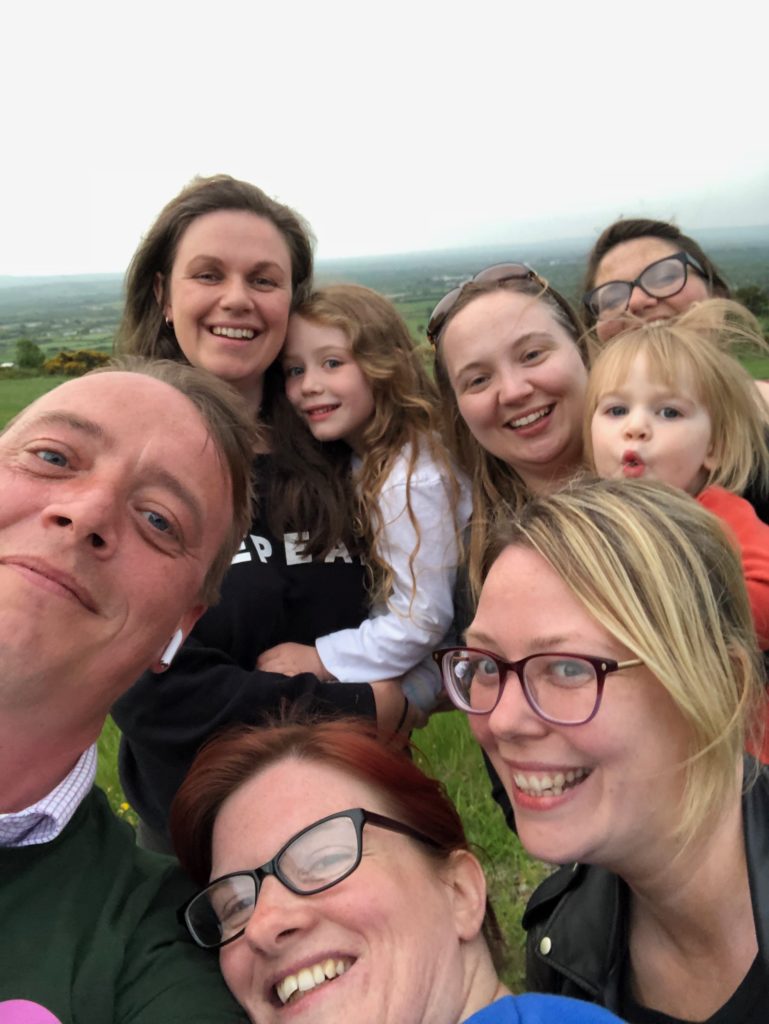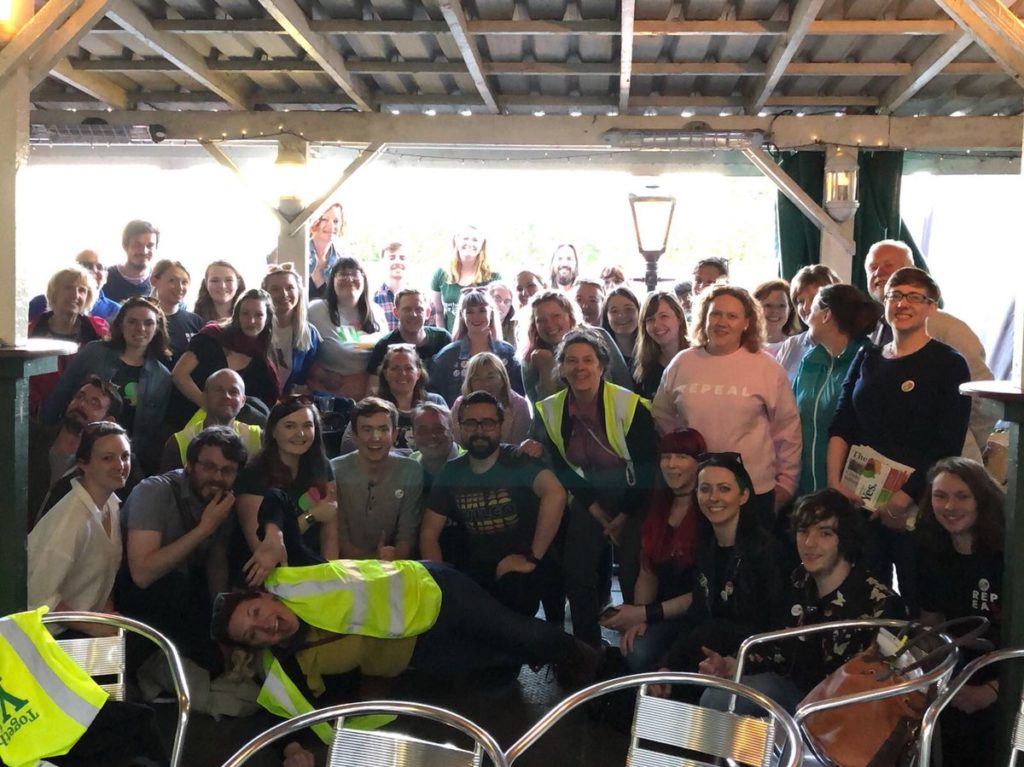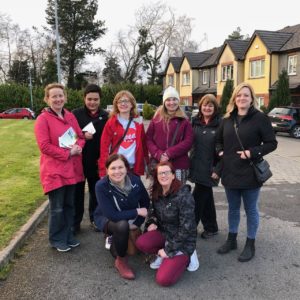I suspect I’m howling into the wind with this, but Limerick City and County Council have a draft Corporate Plan, and they’ve asked for feedback. Here is mine. The online submission process requires you to make a discrete ‘observation’ on each section, which makes the whole thing a bit disjointed, so I’ve put it together slightly differently here for coherency.
Please consider making your own submission. You can read the draft corporate plan online for the purposes of making submissions about it until 5pm on Friday 18th October.
The Corporate Plan is a playbook for what the Council plan to do over the next five years. A new Council is elected every five years, hence the time period. They define the Plan themselves as:
“Limerick City and County Council’s Corporate Plan is a strategic framework for actions over a 5 year period and is a central component of our business architecture, linking policy, organisational activity, governance and performance management and actions.”
Here are my observations. The Plan is divided into ‘Goals’ so I’ve followed their headings.
Inclusion of legacy road projects contradict the goal to transition to an environmentally sustainable low carbon resource efficient economy
Links: Goal 3 Invest in Limerick’s Infrastructure, project its natural and built environment and unique heritage mix, Goal 6: Transition to an environmentally sustainable low carbon resource efficient economy
Inclusion of legacy road projects make this goal contradict Goal Six.
The first aim of a “smart integrated transport network that improves connectivity and increased use of sustainable travel modes.” is great.
The second point listing off a bunch of legacy road projects is not.
Government policy is clear that transport emissions need to be reduced, not increased.
This goal does not need specific projects listed, especially if they will all increase emissions and unsustainable suburban sprawl. The list of projects could be replaced with a commitment that infrastructure will be built to encourage compact growth in Limerick city and in the towns and villages of County Limerick. This would directly align this goal with the National Planning Framework.
Removal of the list of roads projects will allow flexibility in the plan.
Positive emphasis on climate change and biodiversity
This is great. I’m glad to see a commitment to biodiversity as well as transitioning to a low carbon economy.
Plain English would make this draft plan better.
It should be possible and a goal in itself to simplify the language in the whole draft Corporate Plan. A lot of the draft plan is difficult to understand. It could be made simpler without any loss of meaning. If the plan was simpler then more people could understand it.
Consider this sentence:
“Provide direction and vision around digital infrastructure provision with an objective of Limerick becoming more attractive to new investors and supporting local business to gain competitive advantage in the digital market place. We will also work to yield economic benefits for Limerick from the impact of disruptive technologies.”
It could be replaced by this:
“We would like to make Limerick more attractive to local businesses and new investors. We will do this by helping businesses to take advantage of new technology. We will set an example by using new technology in our work and showing companies how to benefit. If we are successful we will improve the local economy.”
This document is incomplete.
This document is incomplete according to Section 134 of the Local Government Act 2001. The Local Government Act is clear on what is required in a Corporate Plan:
A. A statement of the principal activities of the local authority.
B. The objectives and priorities for each of the principal activities and strategies for achieving those objectives.
C. The manner in which the authority proposes to assess its performance in respect of each such
activity, taking account of relevant service indicators and of the need to work towards best
practice in service delivery and in the general operation of the local authority.
D. Human resources activities (including training and development) to be undertaken for the staff
of the local authority and, where appropriate for the elected council.
E. The organisational structure of the local authority, both elected council and staff, including corporate support and information technology and the improvements proposed to promote efficiency of operation and customer service and in general to support the corporate plan.
This document is missing C to E.
It would have been more appropriate to either present the full plan for public consultation, or to acknowledge that the public were being asked to comment on an incomplete version of the plan.

